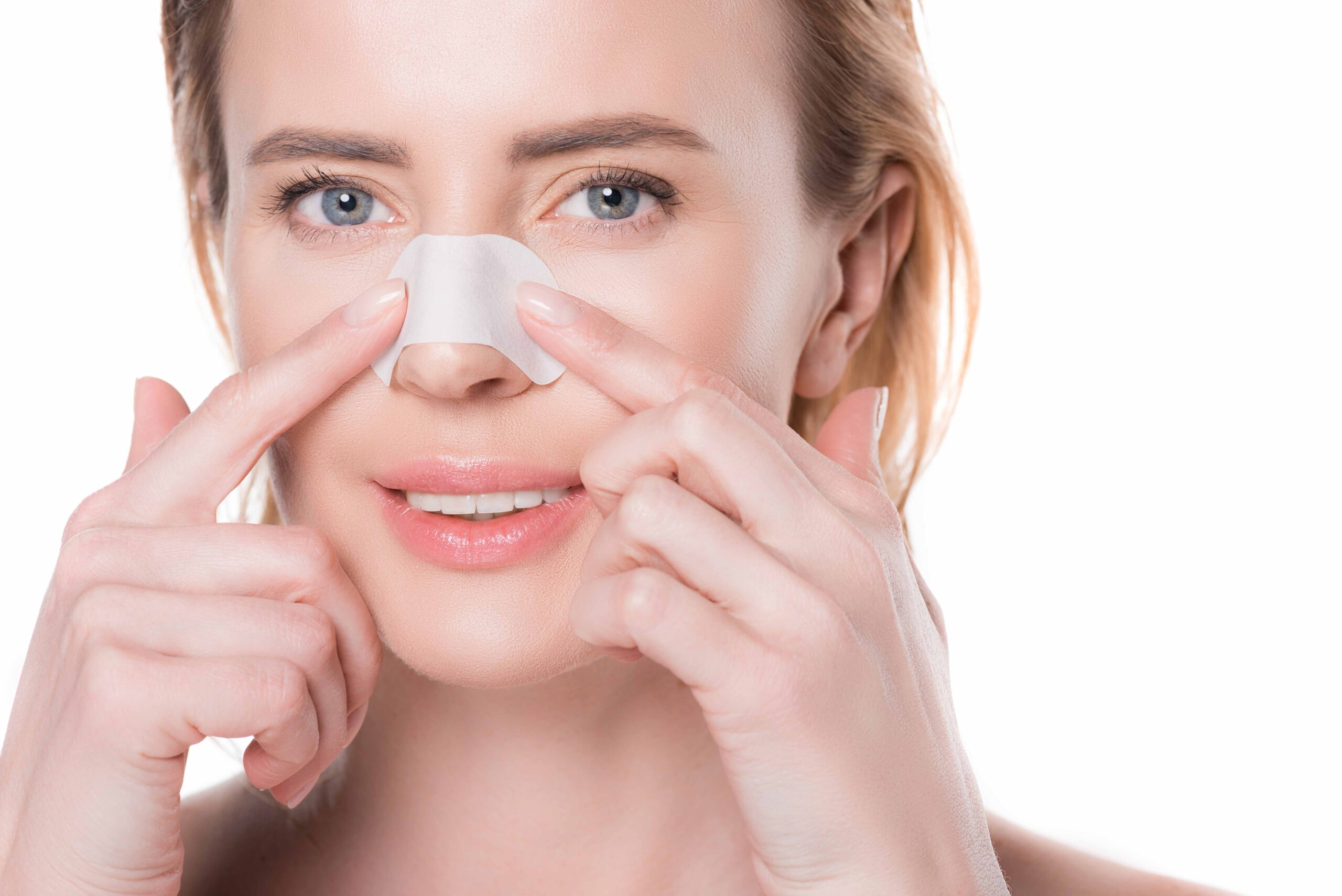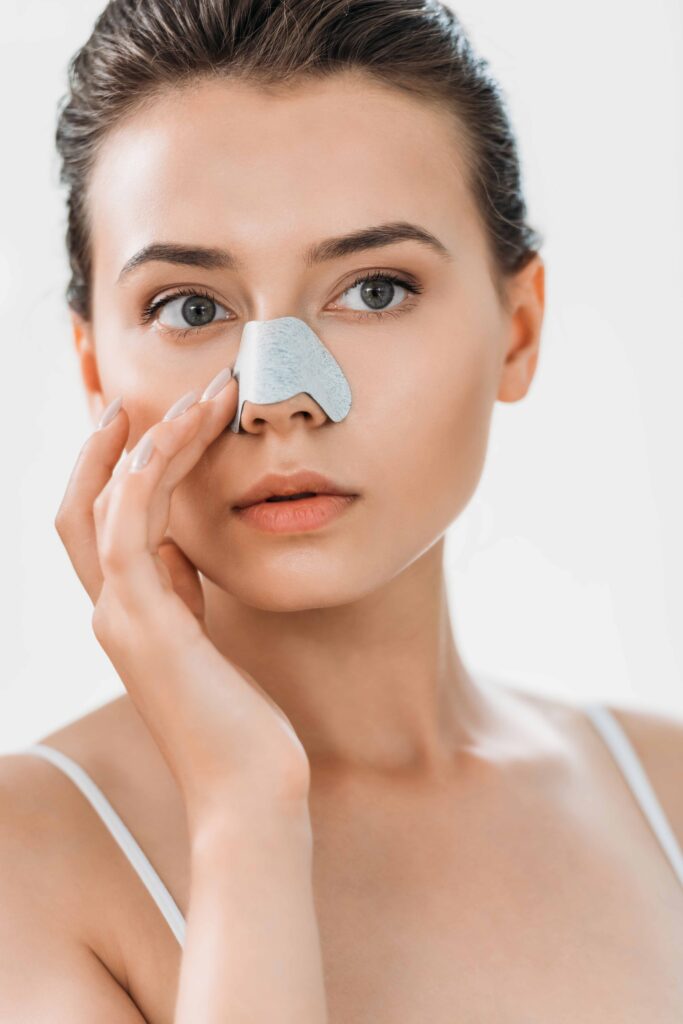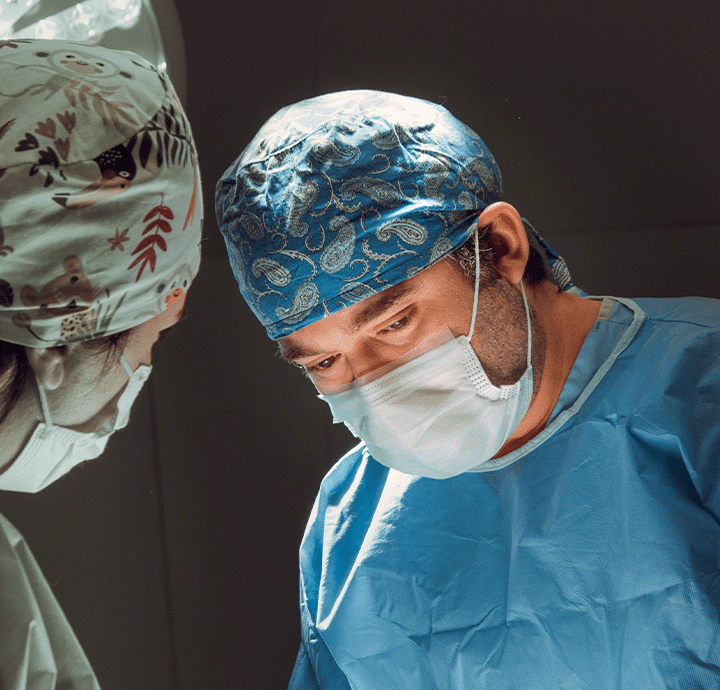
Undergoing nose surgery, also known as rhinoplasty, is a life-changing experience for many patients. Whether the procedure is done for cosmetic or functional reasons, the recovery phase is just as important as the surgery itself. One of the most crucial tools used during this healing period is the nose protector after surgery. This simple yet highly effective device ensures that the nose heals in the right position, maintains its shape, and stays protected from accidental trauma.
In this comprehensive guide, we will cover everything you need to know about using a nose protector after surgery, why it is necessary, how long you should wear it, and the best practices for ensuring a smooth recovery.
What Is a Nose Protector After Surgery?
A nose protector after surgery is a specially designed medical device or splint that is worn externally on the nose following a rhinoplasty or septoplasty procedure. Its main purpose is to safeguard the nasal structure during the delicate healing phase.
These protectors are usually made from lightweight yet durable materials such as plastic, aluminum, or thermoplastic polymers. They are shaped to fit over the bridge and sides of the nose, providing stability and shielding the area from external pressure or accidental impacts.
Why Is a Nose Protector Necessary After Rhinoplasty?
After nose surgery, the nasal bones, cartilage, and soft tissues are extremely fragile. Even minor pressure or accidental bumps can affect the final results. Here are the main reasons why surgeons recommend using a nose protector:

1. Maintains the New Shape
The protector helps stabilize the nasal bones and cartilage, ensuring that the new shape created during surgery is preserved while the tissues heal.
2. Protects Against External Trauma
Daily activities such as sleeping, walking in crowded places, or even changing clothes can unintentionally put pressure on the nose. A protector acts as a shield against these risks.
3. Reduces Swelling and Bruising
By providing gentle compression, nose protectors can help minimize post-operative swelling and bruising, leading to a smoother recovery process.
4. Supports Faster Healing
Immobilization is key in surgical recovery. The protector ensures the nose remains steady, which supports faster and safer healing.
Types of Nose Protectors After Surgery
Not all protectors are the same. Depending on the stage of recovery and surgeon preference, different types of nose protectors may be used:
1. External Nose Splints
These are the most common protectors, applied immediately after surgery. They are usually made of thermoplastic or aluminum and molded to fit the patient’s nose shape.
2. Soft Silicone Protectors
Used in later stages of recovery, silicone protectors provide comfort while still offering protection against minor trauma.
3. Sports Nose Protectors
For patients who engage in physical activities after the initial healing period, specialized sports nose guards are available. These transparent plastic shields are lightweight and designed for use during exercise to prevent accidental injury.
How Long Should You Wear a Nose Protector After Surgery?
The duration of wearing a nose protector depends on the type of surgery, the patient’s healing speed, and the surgeon’s recommendations. However, general guidelines include:
- First 7–10 days: A rigid external splint is usually worn continuously.
- 2–4 weeks post-surgery: Depending on the healing process, patients may switch to a softer protector.
- Up to 6 weeks: For patients engaging in sports or physically demanding activities, extended use of protectors may be necessary.
Always follow your surgeon’s advice, as each recovery journey is unique.
How to Take Care of Your Nose Protector
To ensure both hygiene and effectiveness, proper care of the protector is essential:
- Clean regularly: Use mild soap and water to clean the protector if it is removable.
- Avoid heat exposure: Keep the protector away from direct sunlight or high heat, which can deform the material.
- Follow replacement guidelines: If the protector becomes loose, damaged, or uncomfortable, consult your surgeon about a replacement.
Tips for a Safe Recovery with a Nose Protector
Healing after rhinoplasty requires patience and discipline. Here are some useful tips to maximize your recovery while using a nose protector:
1. Sleep in an Elevated Position
Keep your head elevated with pillows to reduce swelling and avoid putting pressure on the nose.
2. Avoid Physical Activities
For at least 4–6 weeks, refrain from contact sports, heavy exercise, or any activity where your nose may be hit.
3. Be Careful While Dressing
Opt for button-up shirts or loose clothing to prevent accidental contact with your nose.
4. Protect from Sun Exposure
Your nose will be extra sensitive after surgery. Wearing a protector helps, but always avoid direct sunlight, which can cause discoloration or swelling.
5. Follow All Post-Operative Instructions
Take prescribed medications, attend follow-up appointments, and always communicate with your doctor if you notice unusual symptoms.
Common Questions About Nose Protectors After Surgery
Do nose protectors hurt?
No, when properly fitted, they should not cause pain. Some mild pressure is normal, but discomfort should be minimal.
Can I remove my nose protector to clean my face?
In the first week, removal is generally discouraged unless advised by your surgeon. Later on, short removal for hygiene may be allowed.
Are sports nose protectors effective?
Yes, sports protectors are specially designed to prevent trauma during physical activities and are highly recommended for active individuals.
Will wearing a protector affect my final results?
Quite the opposite — protectors are vital in ensuring that the surgical outcome remains stable and long-lasting.
Conclusion
The nose protector after surgery is an indispensable tool in the rhinoplasty recovery process. It not only shields the nose from accidental trauma but also plays a significant role in maintaining the new shape, reducing swelling, and supporting faster healing.
Patients who diligently use their protectors, follow post-operative care instructions, and maintain communication with their surgeon are more likely to achieve satisfying and natural results.
If you are planning nose surgery or are currently in the recovery phase, remember that wearing a nose protector is not just a recommendation — it is a crucial step toward achieving the best possible outcome for your new nose.

